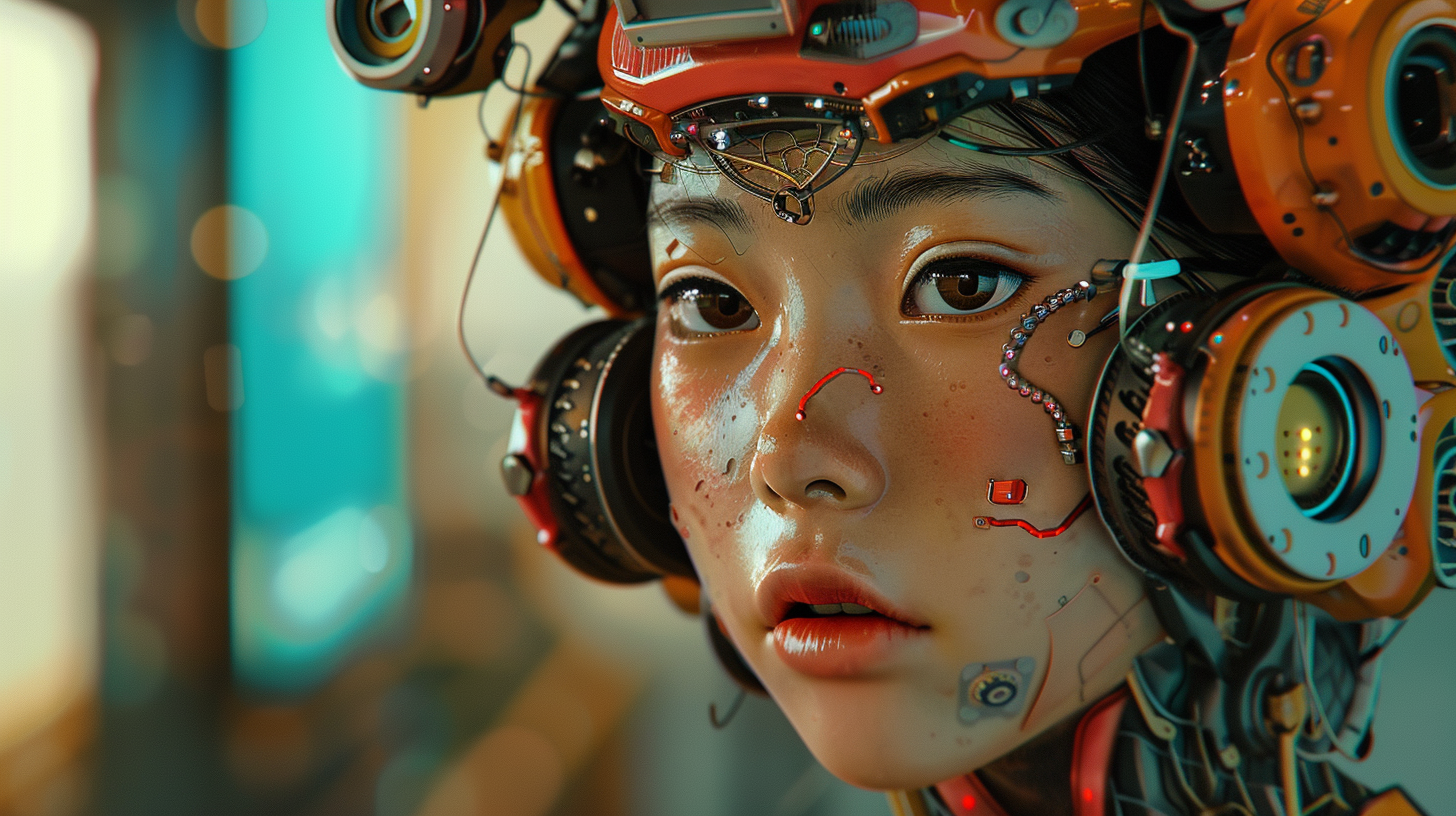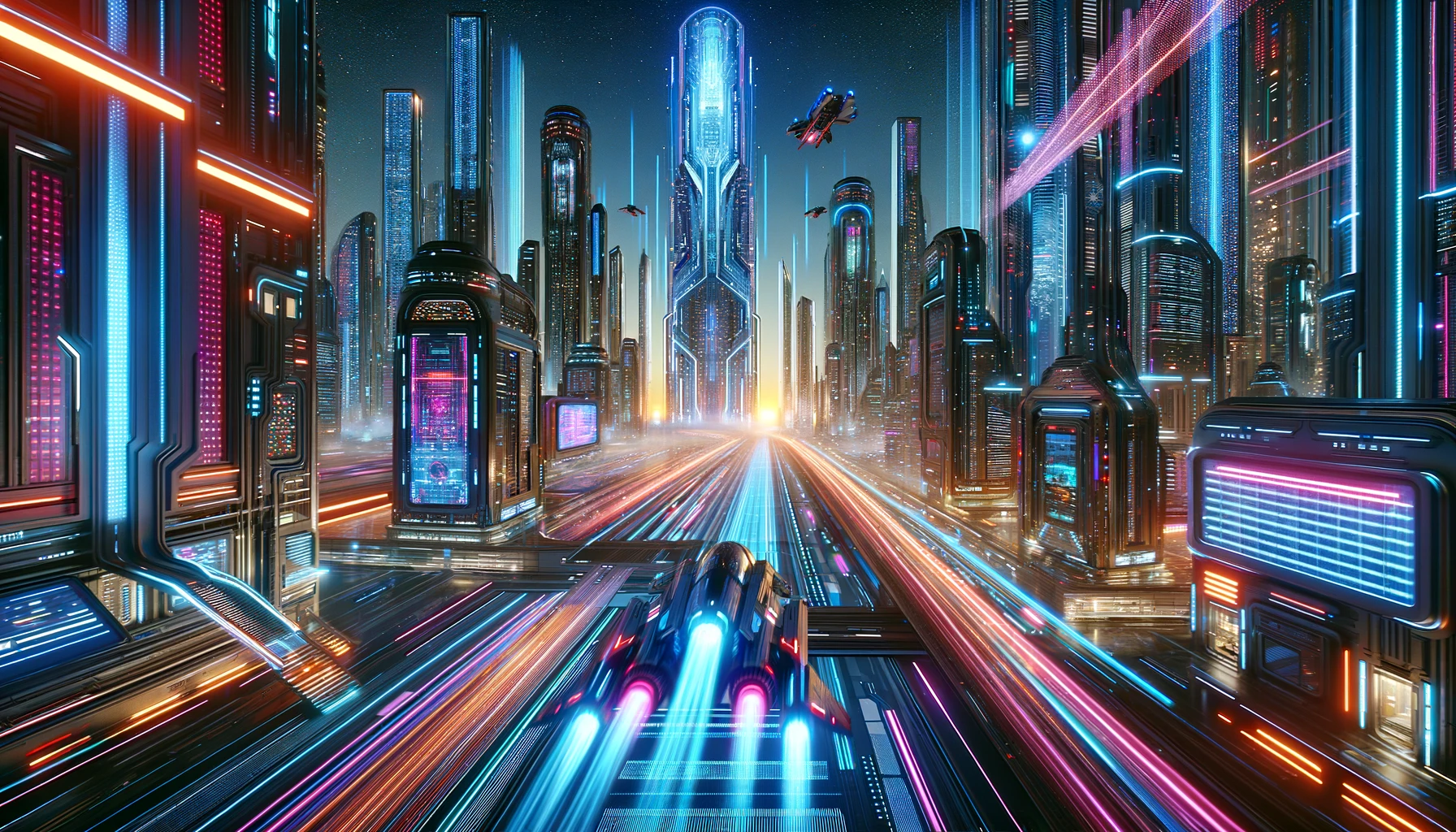TL;DR:
- Mistral AI, a French startup, has launched Mistral Large, a new LLM competing with ChatGPT.
- Mistral Large boasts superior reasoning capabilities, multilingual proficiency, and a lower price point than GPT-4 Turbo.
- The EU is scrutinising Microsoft’s $16 million deal with Mistral AI over potential market concentration concerns.
- Mistral AI offers open-source alternatives and has gained attention with rapid innovation and significant funding.
Mistral AI’s New Model: A Viable Alternative to ChatGPT
In the ever-evolving world of artificial intelligence (AI), Mistral AI, a Paris-based startup, is making waves with its latest model, Mistral Large. Founded by former Meta, OpenAI, and Google DeepMind researchers, Mistral AI aims to provide an alternative to industry giants like OpenAI and Anthropic. As we delve deeper into the capabilities of Mistral Large, we will compare it to other models, explore its potential impact on various domains, and discuss the implications of Microsoft’s multi-million-dollar deal with the French startup.
Mistral AI: A Brief Overview
Mistral AI, a standard-bearer for the open-source AI movement, has recently gained significant attention with its shift in focus towards large language models (LLMs). Established in April 2023, the organization was founded by Arthur Mensch, Timothée Lacroix, and Guillaume Lample. The introduction of Mistral Large has redirected attention within the open-source landscape, making it a focal point in the community. Mistral AI offers open-source alternatives to large language model platforms and has gained attention with rapid innovation and significant funding.
The Rise of Mistral Large: An Alternative to ChatGPT?
As learners and developers seek tools to streamline workflow and boost productivity, the arrival of Mistral Large as a potential alternative to ChatGPT has piqued our interest. With its unparalleled reasoning capabilities, lower cost, and native fluency in English, French, Spanish, German, and Italian, Mistral Large is positioning itself as a strong contender in the bustling LLM market.
Microsoft’s Mistral AI Deal: EU’s Concerns (Latest)
Microsoft’s $16-million multi-year agreement with Mistral AI has raised concerns in the European Union (EU) over potential concentration of power. The deal aims to address supercomputing infrastructure, scale Mistral AI’s premium models to the market, and investigate opportunities for AI research and development. The EU is examining the partnership amid worries about competition in the generative AI market, particularly given Microsoft’s past scrutiny of investments in OpenAI.
OpenAI vs. Mistral AI
Comparing OpenAI and Mistral AI, the most significant difference lies in their approaches to model accessibility. Mistral AI’s commitment to an open-source model fosters transparency and encourages collaboration within the AI community, whereas OpenAI uses a closed model approach. This open-source model is a key advantage for Mistral AI, making it a more attractive choice for developers and researchers who value transparency and collaborative development.
Mistral Large Capabilities
- Reasoning and Affordability: Mistral Large boasts superior reasoning capabilities and is available at a 20% lower cost than GPT-4 Turbo. Its lower pricing makes it an attractive option for businesses and individuals looking to leverage AI without breaking the bank.
- Multilingual Capabilities: Mistral Large excels in multilingual tasks, particularly in French, German, Spanish, and Italian. This makes it a versatile tool for global teams and multilingual projects.
- Maths & Coding Capabilities: The model demonstrates exceptional proficiency in coding and mathematical tasks, showcasing top-notch performance in various benchmarks.
Le Chat: A User-Friendly Interface for Mistral Large
Alongside Mistral Large, Mistral AI introduced Le Chat, a consumer-facing chatbot that allows users to interact with the powerful AI model without getting bogged down in technical complexities. This user-friendly interface makes it easy for coders and non-coders alike to harness the power of Mistral Large for their projects.
Ethical Considerations and the Future of LLMs
As LLMs like Mistral Large become more powerful and accessible, ethical considerations become paramount. Issues like bias, misinformation, and potential misuse require careful attention and the development of responsible AI practices. The future of LLMs is likely to be collaborative, with different models working together to complement each other’s strengths and address weaknesses.
So, is Mistral Large a viable alternative to ChatGPT? The answer depends on your specific needs, budget, and coding style. On the other hand, Mistral Large’s entry surely brings some healthy competition to the LLM space, which eventually helps the coders.
As the AI landscape evolves with models like Mistral Large, how will this impact your coding and development projects? Are you ready to embrace the change? Share your thoughts in the comments below.
You may also like:




 Prompts1 month ago
Prompts1 month ago


 Life2 months ago
Life2 months ago


 Life2 months ago
Life2 months ago


 Business2 months ago
Business2 months ago


 Business2 months ago
Business2 months ago


 Learning2 months ago
Learning2 months ago


 Marketing2 months ago
Marketing2 months ago


 Business2 months ago
Business2 months ago



















